One Day in Hiroshima: A Perfect 10-Stop Itinerary
Only have 24 hours in Hiroshima? Here’s how to make the most of it, with a poignant memorial, a castle, art, gardens, seafood, and a famous torii gate.
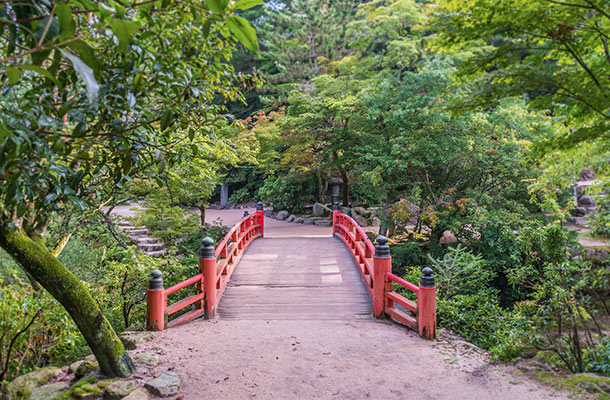 Photo © P
Photo © P
8am Hiroshima Peace Park
Hiroshima’s Peace Park is a truly serene and contemplative space located in the center of Hiroshima. Designed by architect Kenzō Tange, this area was once a busy part of downtown Hiroshima, flattened by the 1945 Hiroshima bombing. The park is a space to memorialize the victims, and for contemplating world peace.
8.30-10.30am Hiroshima Peace Memorial
Just next to the peace park is the Hiroshima Peace Memorial Museum. The museum is dedicated to educating the world, with hopes for a more peaceful future through the legacy of those affected by the 1945 atomic bomb. It’s a difficult museum to see, but definitely an important message and experience.
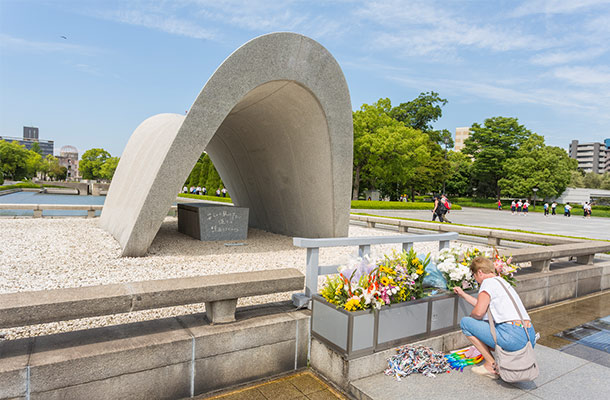
11am Hiroshima Castle
Built in 1958, this castle is a complete reconstruction of the 1590’s original that was flattened in the atomic bombing. Complementary to the Peace memorial museum, it now serves as an exhibition of Japan’s history up until 1945.
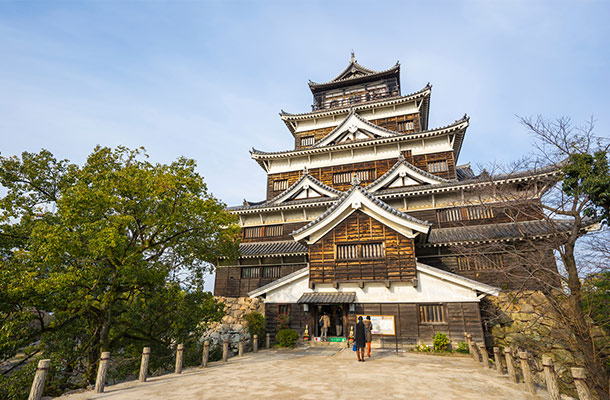
12-1.30pm Hiroshima Museum of Art
Located just opposite Hiroshima castle, the Hiroshima Museum of Art features a collection of classical, modern and contemporary works from both Japan and abroad. This impressive collection is complemented by a rotation of world-class temporary exhibitions that ensure there is always something to see.
On your way to the Shukkei en garden, stop off for lunch at one of the okonomiyaki restaurants to sample the local specialty: Hiroshima-yaki.
2.30-3.30pm Shukkeien Garden
Dating back to 1620, this famous garden is known for its miniature natural landscapes. Stroll through the garden along the path, taking you past multiple tea houses, offering perfect views of the traditional Japanese garden aesthetics.
- 15-minute walk to Hiroshima station
- 30 min train
- 10 min ferry (every 15 mins)
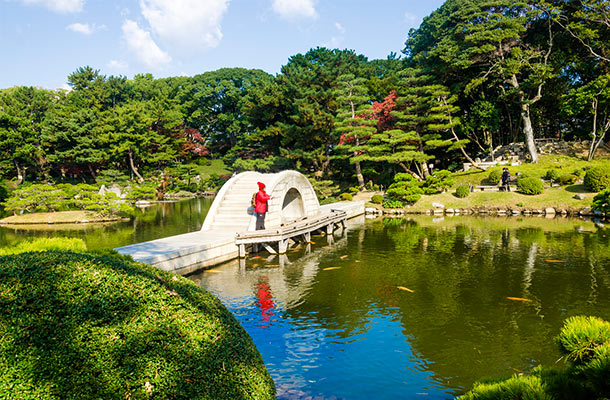
4.30pm Itsukushima
Famous for its beautiful ‘floating torii gate’, Itsukushima shrine is the must-see centerpiece of Miyajima island. Built along the shore of the island, the centuries-old shrine is Miyajima’s namesake, translating to ‘Shrine Island.’ Regarded as a holy Shinto site, the shrine consists of multiple buildings that appear to float on the water during high tide.
5.30pm Momijidani Park
Behind Itsukushima shrine lies Momijidani park at the base of Mt. Misen. Cultivated during the Edo period when the sapplings were planted along the Momijidani river, the park is one of the most beautiful maple leaf parks in Japan.
6.30pm Oyster Dinner
Oysters are one of Hiroshima’s most celebrated local produce, so no trip to the prefecture is complete without a tasting. Enjoy one of the various restaurants on Miyajima serving the island’s famous barbecued oysters.
Ferry back to Hiroshima
Note that the last JR ferry leaves at 8.15pm, but the last Matsudai Kisen ferry is not until 10.15pm.
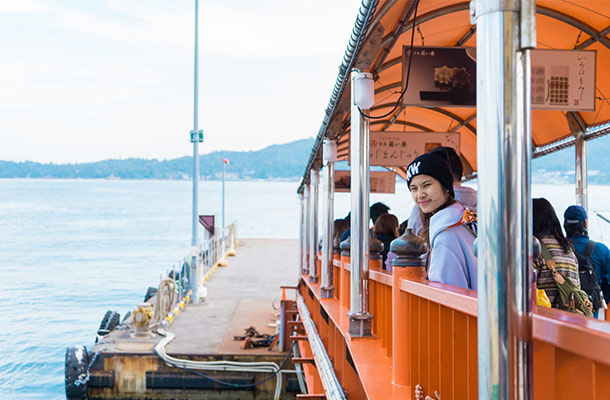
Related articles
Simple and flexible travel insurance
You can buy at home or while traveling, and claim online from anywhere in the world. With 150+ adventure activities covered and 24/7 emergency assistance.
Get a quote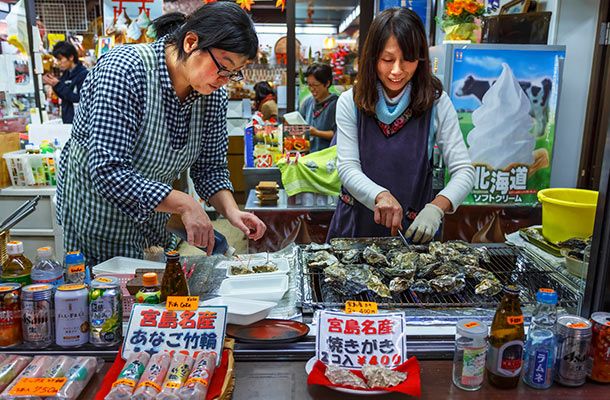
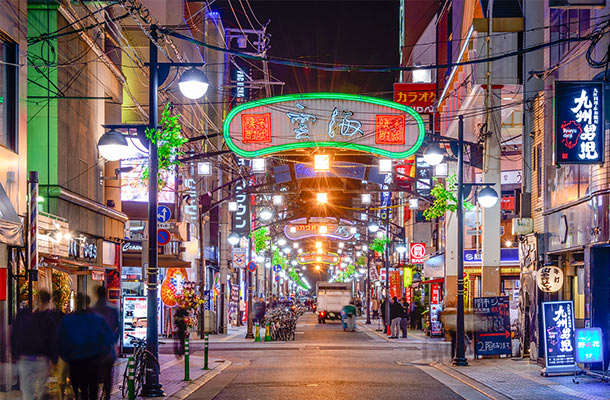
No Comments